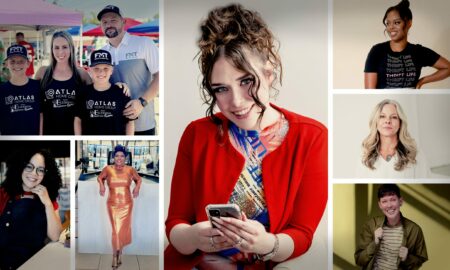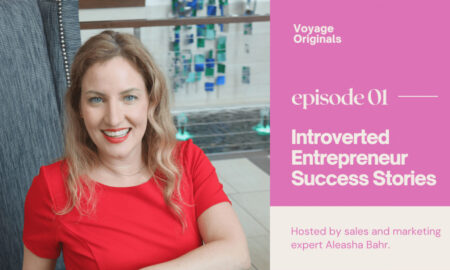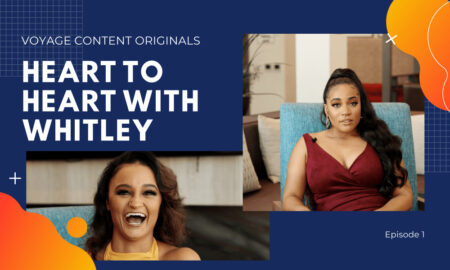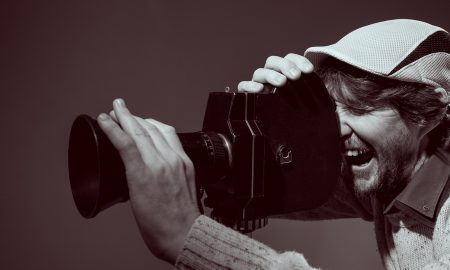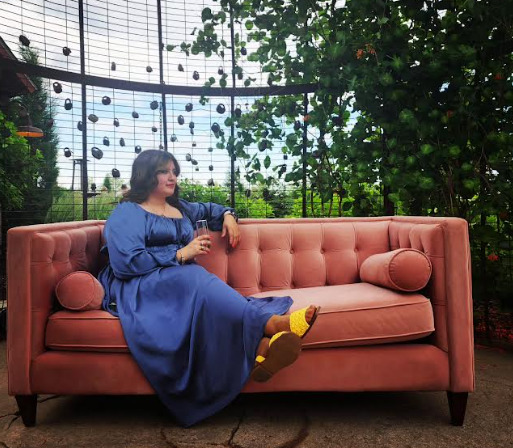

Today we’d like to introduce you to Edith G. Moreno.
Hi Edith, please kick things off for us with an introduction to yourself and your story.
While growing up, art was always a part of my life; it came in various forms: drawing, fashion, food, etc. My family surrounded me with various ways to use my mind and hands; for the most part, fashion greatly influenced me. Having a mom who loved photography and a godmother who modeled, there was no single baby photo of me where I was not fully clothed and coordinated accordingly.
What came next? My uncle Jorge was and is the life drawer; he could make art so beautiful it seemed effortless. We are 8 years apart and I wanted to be like him, so I copied everything he did. I started to peek my interest in drawing cartoons and still-life objects, at the time I was 5. I always took an art class over the years I was in school. Being challenged to make something out of words was exciting to me, but it also came with doubt in myself to believe I could do it. I had one project that changed me completely. I had my first pass at Batik dying. I disliked the process; I disliked how my project was turning out in comparison to others in the class. My teacher took me aside and told me, “Don’t give up now, and stop comparing yourself to others. If you stop now, you will miss out on how this turns out. give it another chance.” So, I looked at my project and tried to figure out how I would “fix” it. Suddenly, it dawned on me—the project I disliked the most ended up with the most recognition.
Since then, I have taken every challenge and adapted or dealt with it creatively. How I built my career using costumes was another ball game. I signed up to do costumes for theatre at a local college; at the time, it was the only school that provided me enough to get an education without the financial burden. What led me to learn about costumes was my need for knowledge of terminology; how do you start to research on other countries? How and why were women made to wear things, let alone men? I had so many questions and a desire to learn.
I meshed my two loves of fashion and movies to create the foundation of my inspiration. I worked endless nights on projects that I wanted to deliver on. Going to school was my way in the door. Before college, my insight into live theatre was minimal. I had yet to learn about the classics or traditions, and although it may seem like a disadvantage in my case, I saw it as my strength; my creativity wasn’t clouded by what was already done. Instead, it let me create something by reading words on a page. At times, it wouldn’t always work, but I learned. I pushed, and since I have used my passion for various projects that are not solely based on costuming work.
We all face challenges, but looking back, would you describe it as a relatively smooth road?
No! If there is one thing about me, when I walk into the rooms much younger than I am now, I do not always give off the vibe that I would “survive” or “make it.” Most people wanted me to fail or didn’t think I could make a career out of this profession. I needed help with confidence, when speaking in front of a room of experts or more experienced designers. Professors who would forget I existed, a lot of it was due to my shyness. While I was shy, I had strong opinions and had to learn to express them confidently. During my last few months of Undergrad, I learned I was ready; I was being challenged to speak for my work in a room full of grad students. I presented before an established lady who worked for a prestigious ballet company. I was coming up with new and creative ways to deliver on projects. My designs had to be coordinated, so I needed to utilize my resources and make do with what I had.
During Grad school, my first year was the one that would make or break me. I was the designer with the least amount of experience. I worked with one of the toughest ladies ever. First day: “If you are on time, you are late. If you are five minutes early, you are on time; anything after is disrespectful and losing money. ” I was late that morning becuase I couldn’t find parking. I spent my first semester proving my one small accident should not define the type of person designer I can be in the room. My confidence was low; I cried every night for months, feeling defeated, like I wasn’t enough; I wanted to quit so badly. But what got me through were my colleagues, who are my family now. We push and supported each other through the tough times and the best times. I would go in at 8 a.m. and leave at midnight. I was dedicated to my growth. One rule I always had for myself is never to let them think I am tired, if I am going to break, or that I cried. I showed up daily, dressing up and doing my hair and makeup. I did not want my work to be judged based on how tired I looked. I wanted to be recognized for the work I put up.
By the time I reached my final year, the people who helped propel my career forward were the ones who saw me struggle through the trenches. And I was thankful for the tough lady, because of her my standards in my work, my delievery, my preparedness came from trying to impress her but really it was a lesson I needed to learn for my professional growth.
2020 put a screeching halt to the theatre in general. And that was the time to reevaluate my life plan. I kept being creative, but it wasn’t easy. I had to contemplate if I wanted to keep doing theater or how to use my skills elsewhere. I was a fresh graduate out of college and hit with something, not many people saw coming. The pandemic changed the industry. Theatre was being challenged to grow with the times or stay the same. Staying the same made it harder for someone like me to get more job opportunities in the industry. Another way this affects me is I don’t come from a family of wealth, so completely diving into the theater without backup plans made it scary to dive deep into the industry while it was trying to recover. These are just small examples, but there are many other challenges.
As you know, we’re big fans of you and your work. What can you tell our readers who might need to be more familiar with what you do?
As an artist, specifically a designer, I picked up on a few things over the years, and my strengths are as follows. I design for all. That means all skin types and all body types. I take pride in designing for body types not commonly seen on stage. It’s a skill that only some designers have. Designing for a curvy body is one of my favorite things to do. When I worked at a community theatre, I had tough days, but seeing the volunteer actors come in who had their insecurities and had to trust someone new and unfamiliar to get them into a costume that could “potentially fit” was disheartening to hear. So many would be shocked to see the clothes I sourced for them would fit and look stylish. I had one person excited because they got more than one look. I helped their character development; I helped them as a person outside of theatre as well. I use my Salvadorian-Mexican American culture to inspire me to try new colors and mix prints and patterns. I thrive on trying not to use safe neutral colors as much as possible. I also love to style, and one feedback I have received a few times is, “Your costumes don’t look like costumes.” And that is something I enjoy. I enjoy being real with my designs as though it was meant for that person the whole time. Designing for all is one of the proudest moments in my career, and I never forget it!
What changes are you expecting over the next 5-10 years?
The theatre industry is changing, and so am I. I see myself still using my skills. But now I am ready to enter a new phase, using my skills and, at some point, running my own business. I am still determining what that will look like, but I am eager to find out. I will find unique ways to be creative. I want to be a stylist to people. I want to make people see the wonder of clothing and how it helps improve mood perception about oneself, embracing what we often find to be a big flaw in our self and helping others build positive relationships with clothing. In terms of theatre, I still want to continue to design and be open to designing especially for projects that impact the communities and create a space for inclusivity. I worked on some shows that are closely related to my cultural idenitity and the amount of pride I get, to work on a show that can showcase my communitiy is amazing and I could only imagine how it would help bring in more diverse members in our communities to feel like they can go to a show and enjoy a story of their people. Theatre is a platform that can bring many people together and that is something I look forward to contirbuting too as the years go on.
Contact Info:
- Website: https://edithmdesigner.wixsite.com/website
- Instagram: edithmdesigner
- Linkedin: www.linkedin.com/in/edithmdesigner
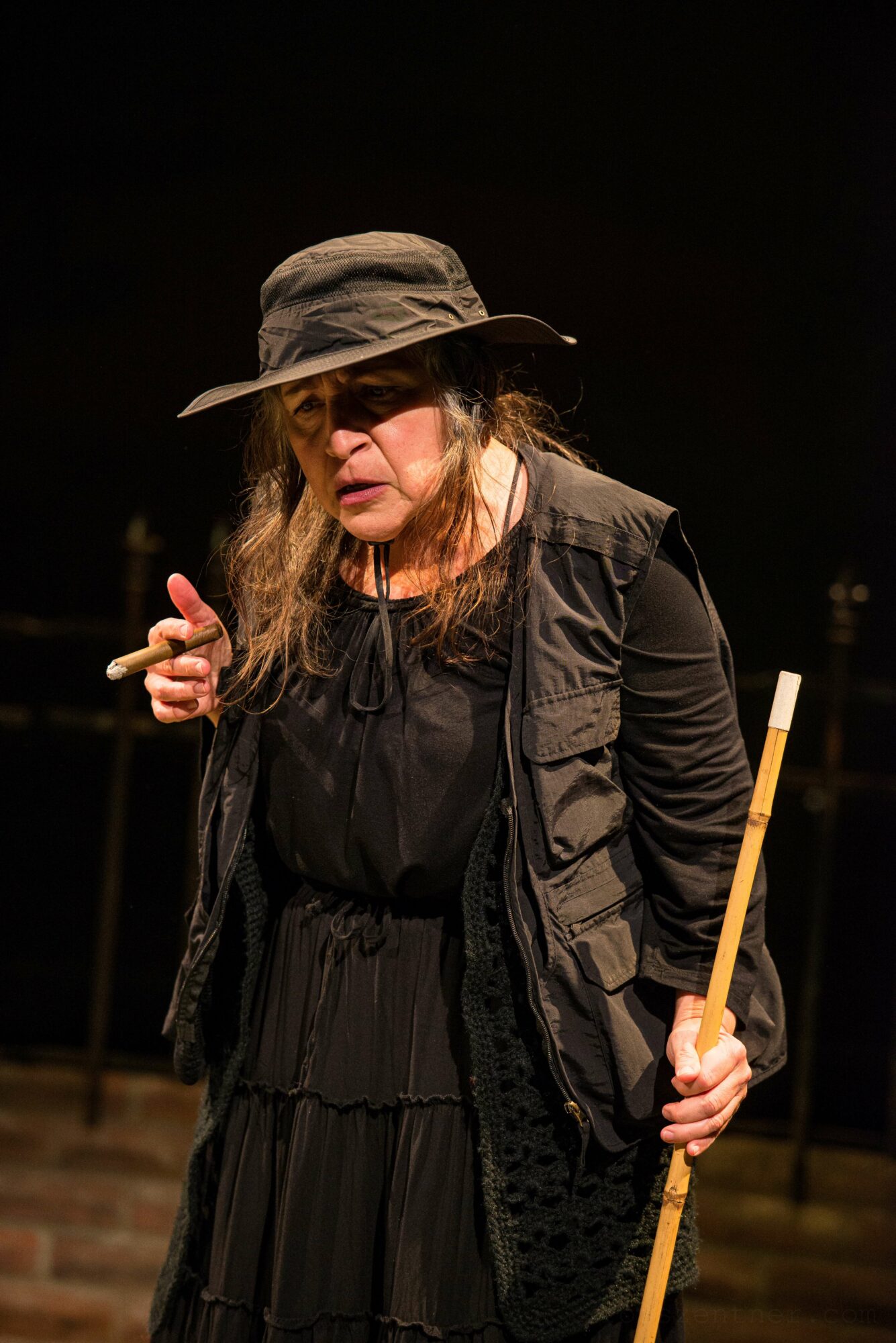
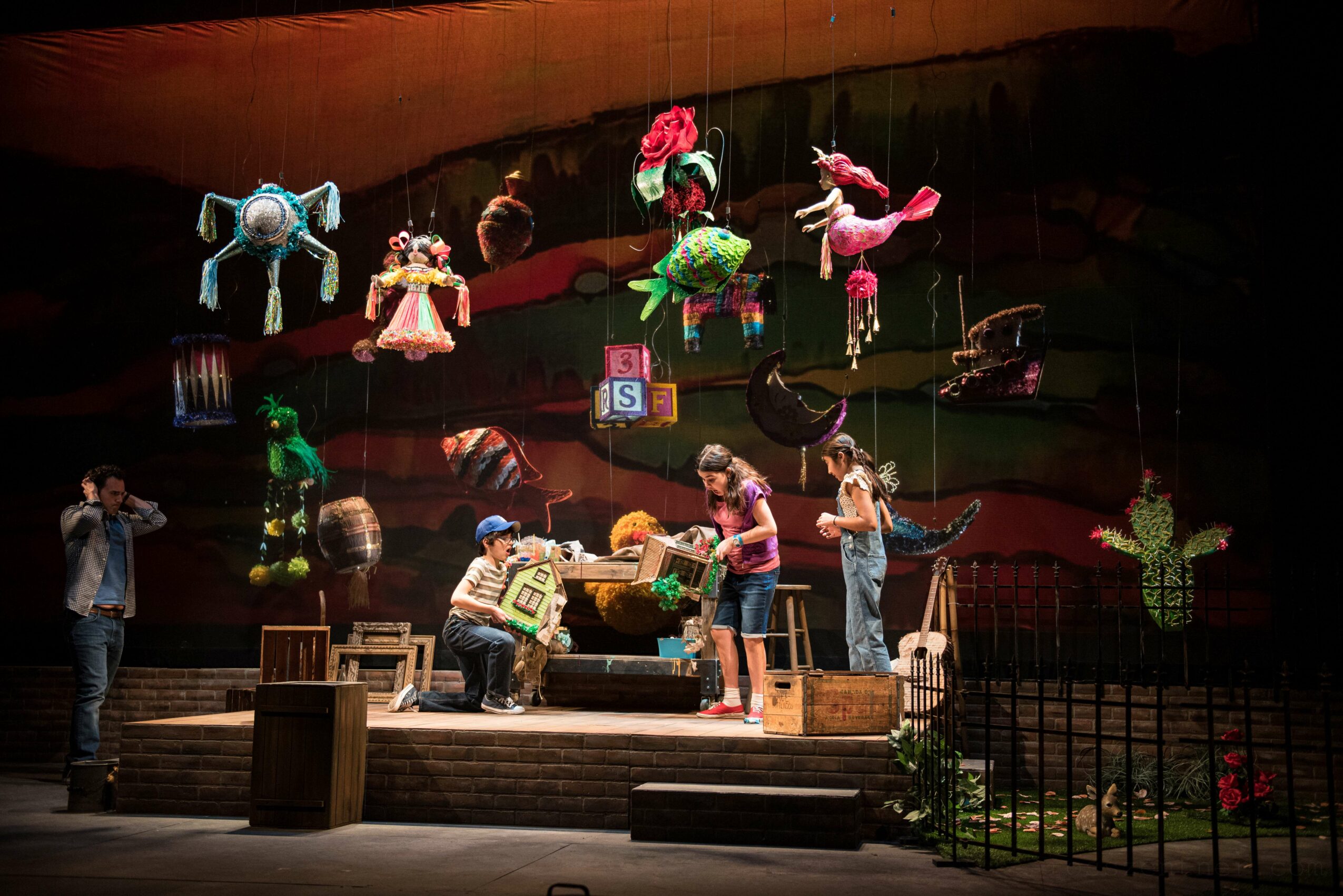
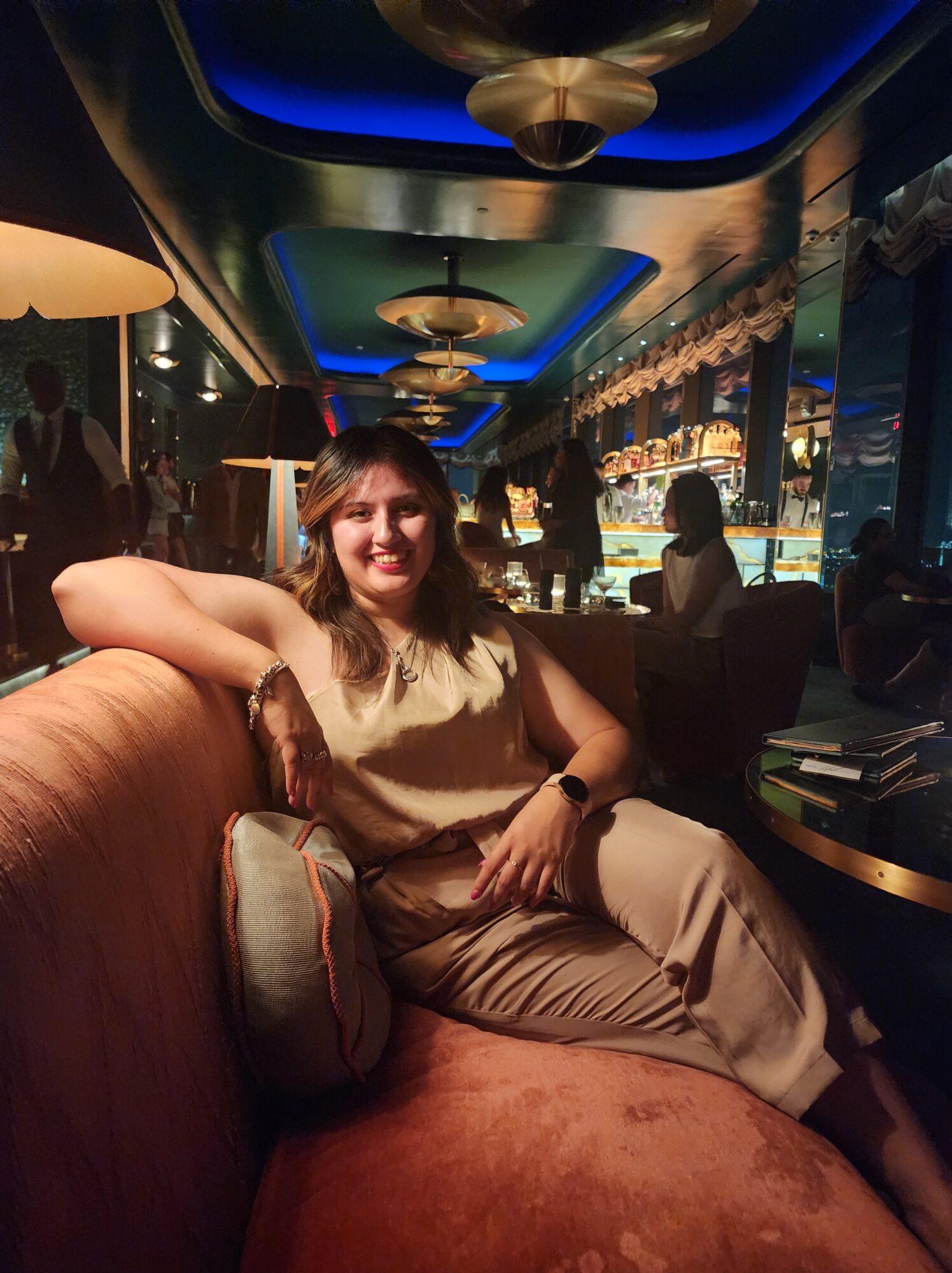
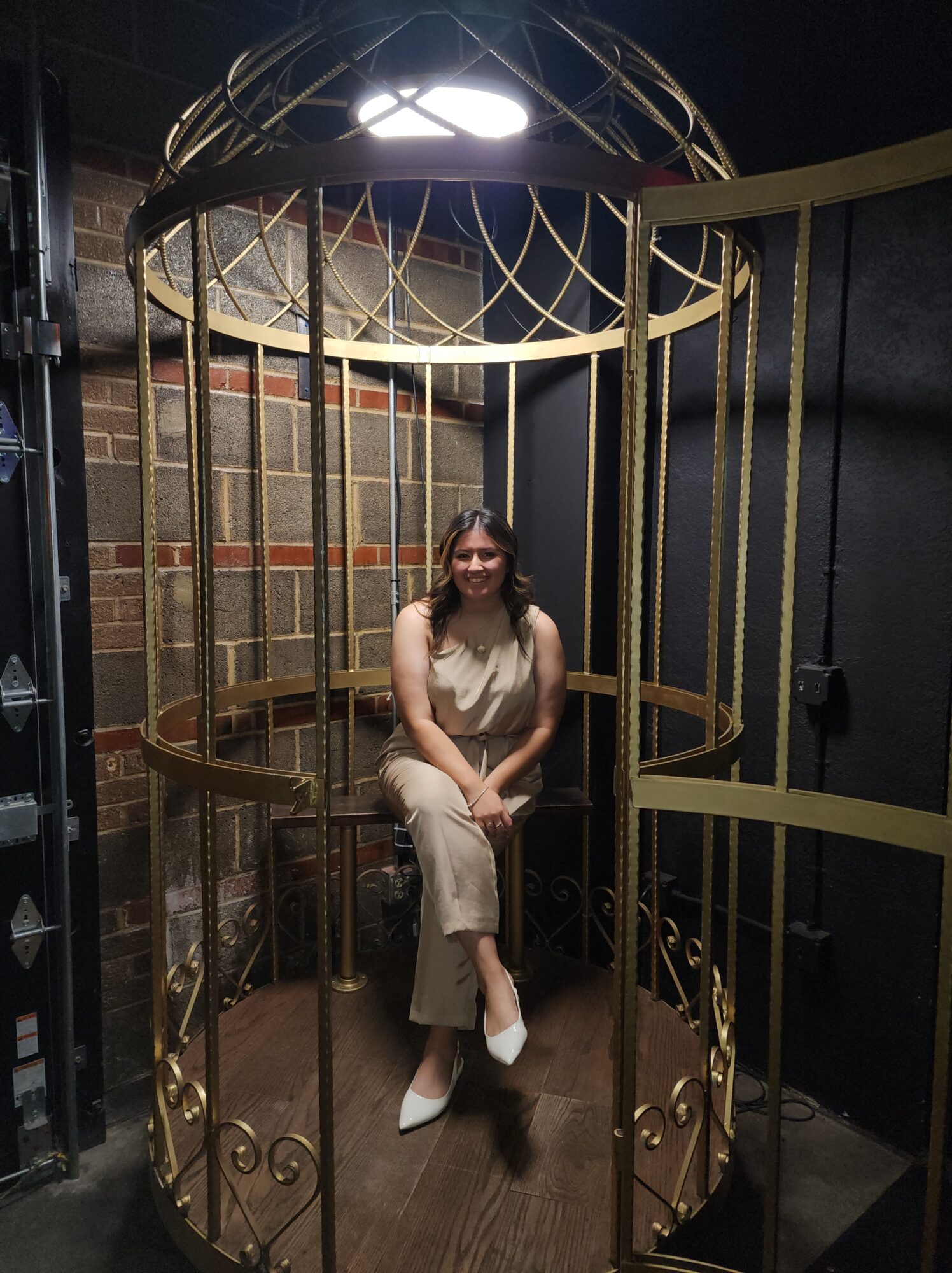
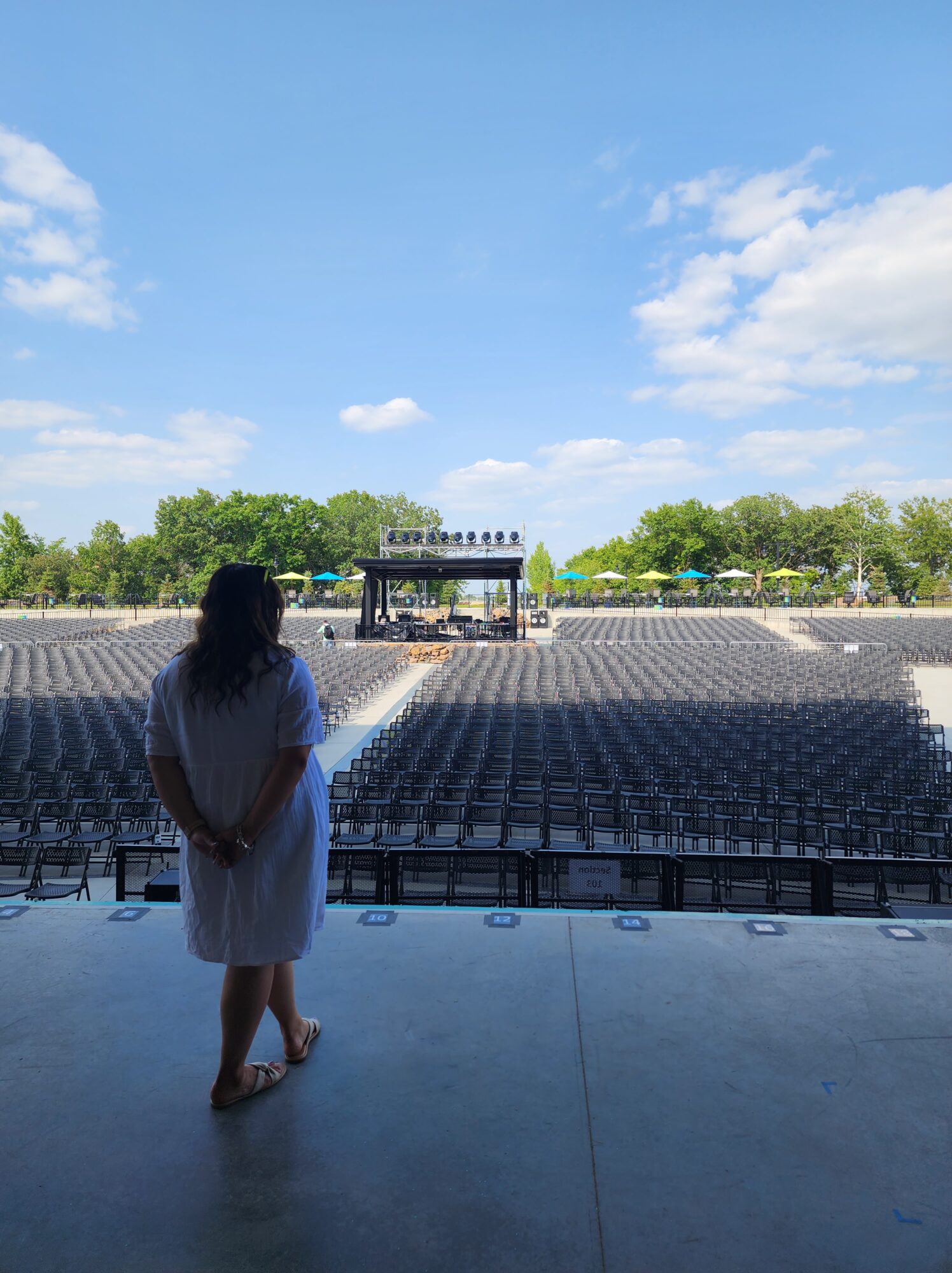

Darrell Hoemann/Illinois Theatre
Feste played by Maya Prentissm Sir Andrew Aguecheek played by Phillip-Andrew Monnett, Sir Toby Belch played by Raffeal Sears*, and Maria played by Jessica Kadish during a rehearsal of Twelfth Night in the Colwell Playhouse at Krannert Center in Urbana on Tuesday, February 27, 2018.

Darrell Hoemann/Illinois Theatre
Feste played by Maya Prentiss during a rehearsal of Twelfth Night in the Colwell Playhouse at Krannert Center in Urbana on Tuesday, February 27, 2018.
Image Credits
The two Productions Photos: Credit Photography: Darrell Hoemann
The photos labeled Calabasas Street: Photo Credit should be for Ross Zenter

